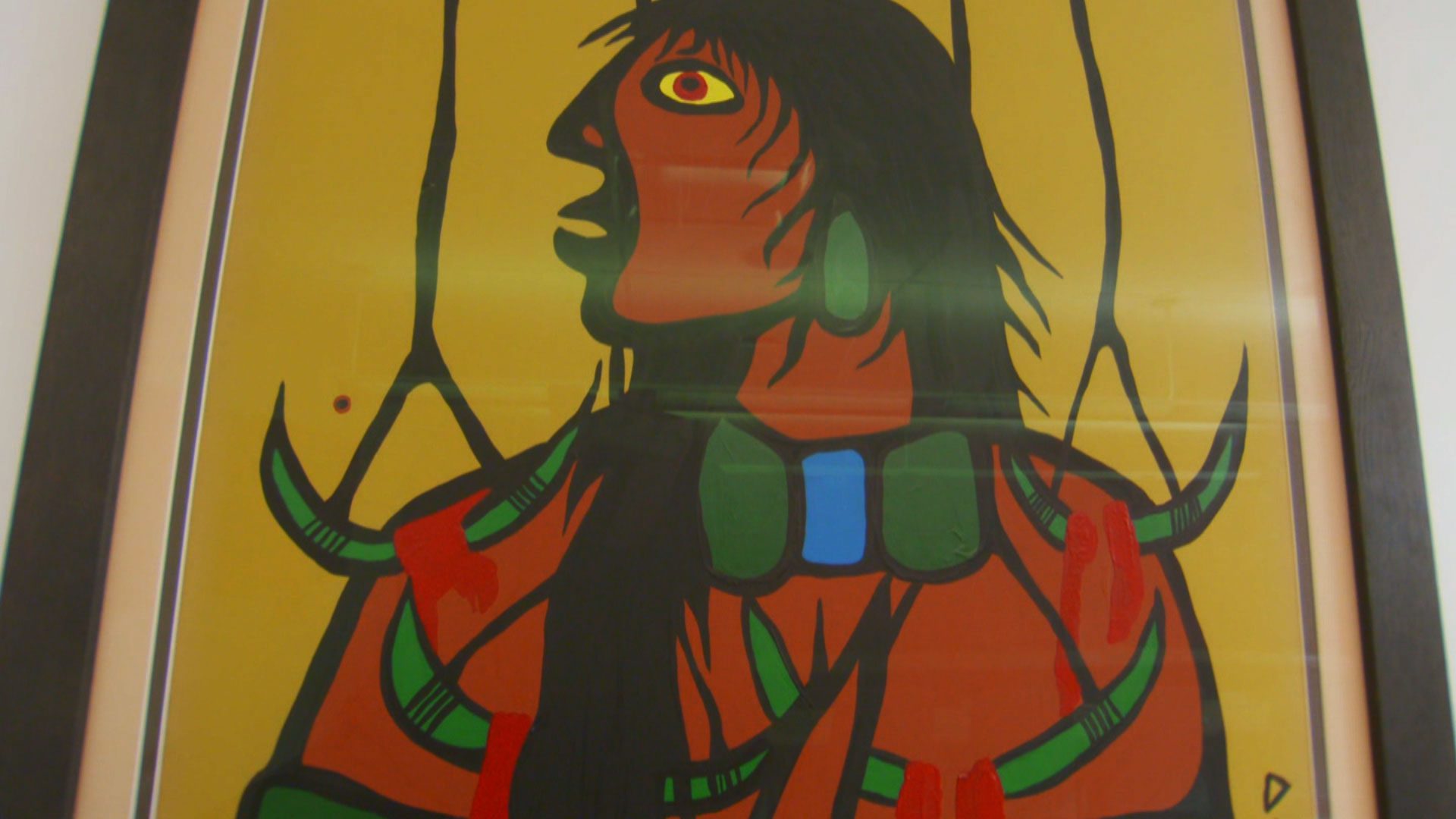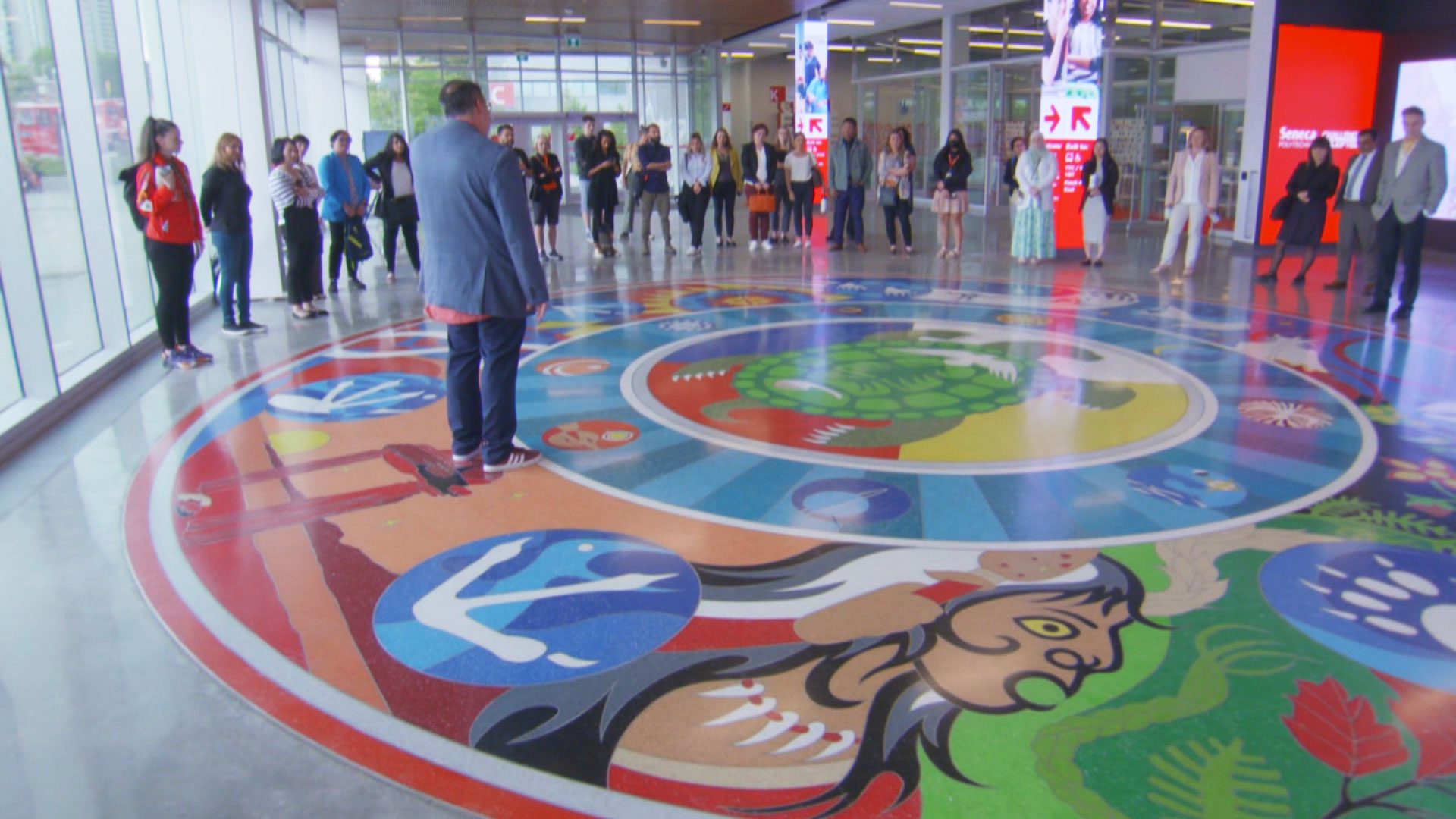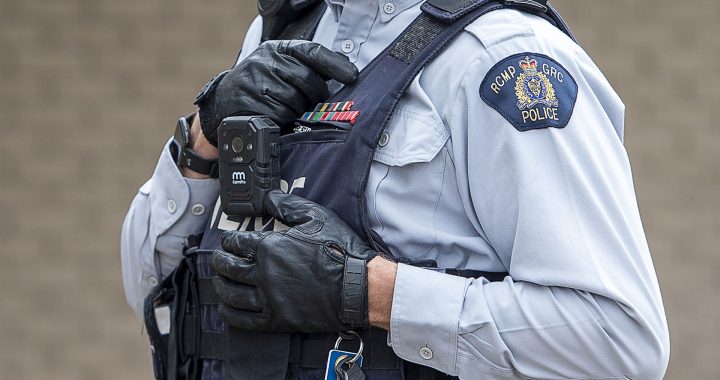An Ontario art expert says the recent rise in forgeries of renowned Indigenous artist Norval Morrisseau is nothing short of cultural appropriation.
“It’s a form of colonization when people come along, and I can say it, a lot of the people who are allegedly involved in this are white people who’ve come along and are taking liberties with and stealing the message, the soul of this great Indigenous artist,” Jonathan Sommer said.
Sommer is a Toronto-based lawyer and he is also the CEO of Morrisseau Art Consulting.

Morrisseau, also known as Copper Thunderbird, was an Anishinaabek painter who passed away in 2007.
Sommer said fraudsters have been forging his paintings for the past two decades and it is estimated more than 6,500 fakes are out on the market.
Earlier this year, Thunder Bay and Ontario Provincial Police charged eight people after an investigation into forged works of the artist which began in 2019.
Read more:
Police charge 8 people in ‘fraudulent’ Norval Morrisseau paintings
Sommer said it is easy to see why Morrisseau is a popular target for this type of activity.
“Morrisseau is an iconic,” he said. “He is the grandfather of the Woodland School of Art. He’s probably the most important Indigenous artist that we’ve ever had in Canada and so his art is greatly sought after.”

On Thursday, Seneca College in Toronto brought in Sommer to tell them whether or not one of their Morrisseau paintings was a fake or real.
Speaking at a public event at the college, he said tracing the history of an artwork can tell you a lot about its validity.
“We look at where it’s been held but also who is telling us that they’ve had it for this much time,” he said.
“And when Seneca tells us they’ve had it for this much time it tends to be more believable than when some dude in a van tells you he’s had it since the 70’s.
The story of the provenance of this painting is very simple. It goes Norval Morrisseau, to the Pollock Gallery to Seneca and all that happened around the time it was created.”
Aside from that, he said art experts will often rely on first impressions and gut feelings.
“When we look at an artwork the first thing an expert is going to have is an immediate impression. Some people would say that impression is not reliable because it is just a momentary impression but that is not true.
“If a connoisseur is extremely well educated in the art of an artist, their brain will contain all the facts, all the knowledge, all the visual knowledge they already have to form an impression to highlight things that might be wrong. It’s like if a mechanic looks at a car and there is something out of place, they notice it right away if they are a good mechanic,” said Sommer.
Rema Tavares, who is the manager of equity, diversity and inclusion at the college, said it was a major relief that the painting is indeed real as it has been in their collection for 50 years.
“We’re absolutely delighted to find out that it’s an authentic Norval Morrisseau piece,” she said. “We purchased it a long time ago and it’s been a part of our collection for a very long time and so it’s nice to have that knowledge that it’s authentic and that we are holding an amazing piece of Norval Morrisseau history here.”









